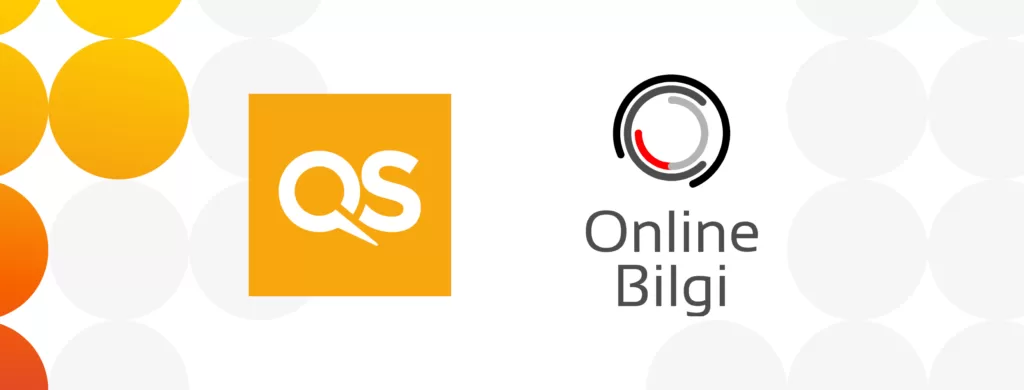EdTech is currently playing a crucial role in enabling the continued success of higher education. But have some institutions been left behind in the sudden shift to online education?
The temporary closure of university campuses in response to the coronavirus pandemic has led to higher education institutions relying on EdTech more than ever before.
With restrictions to in-person contact between staff and students, universities across the globe are now dependent on EdTech to continue to provide a quality higher education experience to students remotely.
While the pandemic has accelerated the adoption of various EdTech innovations at universities, experts are predicting that the higher education sector will see the value in utilizing these innovations long after the disruption of the pandemic has settled.
According to the experts at Pinsent Masons: “Universities and other higher education providers have an opportunity to use the challenges they are facing through the coronavirus crisis as a springboard for transforming online learning for students in the long term.”
In other words, forward-thinking universities can utilize the recent disruptions to reflect on their current online learning offering and the value it could provide in the long term.
While the recent resurgence of EdTech at higher education institutions is exciting for the sector, for some universities it also presents several barriers that, if not dismantled, could threaten the quality of education received by students.
The digital divide
The coronavirus crisis is forcing a global experimentation with remote teaching.
Many institutions have successfully been able to shift their teaching online, with staff utilizing EdTech innovations to improve the learning experience and content delivery.
For example, Zhejiang University managed to get more than 5,000 courses online in just two weeks and “organized a series of training sessions in mid-February for 3,670 faculty members.”
However, for others, the advanced technological nature of these education tools has presented several issues.
According to the World Economic Forum, 3.7 billion people across the globe have no internet access.
Research by UNESCO reveals that in sub-Saharan Africa, “89% of learners don’t have access to household computers” and just one gigabit (GB) of data costs nearly 40% of the average monthly wage.
While lack of internet access is a greater issue within developing countries, it also affects regions of wealthier countries.
For example, due to poor internet speeds in rural areas and tribal lands in the US, the FCC estimates that nearly 30 million citizens “cannot reap the benefits of the digital age.”
Similarly, the Organization for Economic Co-operation and Development (OECD) recently positioned Australia as being the “fourth slowest country for broadband.”
Therefore, depending on where the institution is based, the development of EdTech is outpacing the speed with which it can be implemented in an educational setting.
As explained by Harvard Business Review, online education “amplifies the digital divide. Rich students have the latest laptops, better bandwidths, more stable Wi-Fi connections, and more sophisticated audio-visual gadgets.”
Equally, some countries are much further ahead in their willingness to accept online learning and EdTech than others.
According to Al-Fanar Media, online education has been “long ignored” in some Arab countries.
Samar Farah, director of research at the Abdulla Al-Ghurair Foundation for Education, believes there will be an adjustment period for those countries who have historically been resistant to online education.
She said: “It’s likely that the necessary systems are not in place, the content is not appropriately designed, and faculty and teachers are not well prepared.”
While EdTech is a solution to the disruption caused by the pandemic and may improve higher education teaching in the long term, it also requires a certain level of technological infrastructure to be a success.
As well as adequate infrastructure, teaching staff and students need to have the ability and willingness to welcome EdTech into their higher education experience.
One way to close this digital divide is to establish better collaboration between the creators of EdTech and the educators and institutions themselves.
Designers of EdTech may understand how to develop data-driven processes and applications, but they may not be as skilled as educators in understanding how to deliver education effectively.
Reversely, educators are less likely to grasp the full potential of technology’s role in education and may struggle to attain the technological skills needed to utilize the EdTech available to them.
The act of developing exciting EdTech is futile if it cannot then be rolled out and accepted easily at higher education institutions.
Ashok Goel, Professor of Computer Science at Georgia Institute of Technology, told EdTech, “Even when students return to campus, they’ll be going back to more online and blended courses, and we’ll be looking for ways that AI can enhance those classes.”
Given the longevity of EdTech, it’s imperative that there is an ongoing dialogue between educators, institutions, and technology professionals so that no party is left behind in the process.
To learn more about how higher education institutions are overcoming current challenges, please register for the QS APPLE 2020 virtual event: New Global Partnerships for Resilience and Climate Action.
Note: Delegates with full access tickets will be able to revisit the event’s content on demand for a full month after the event.



